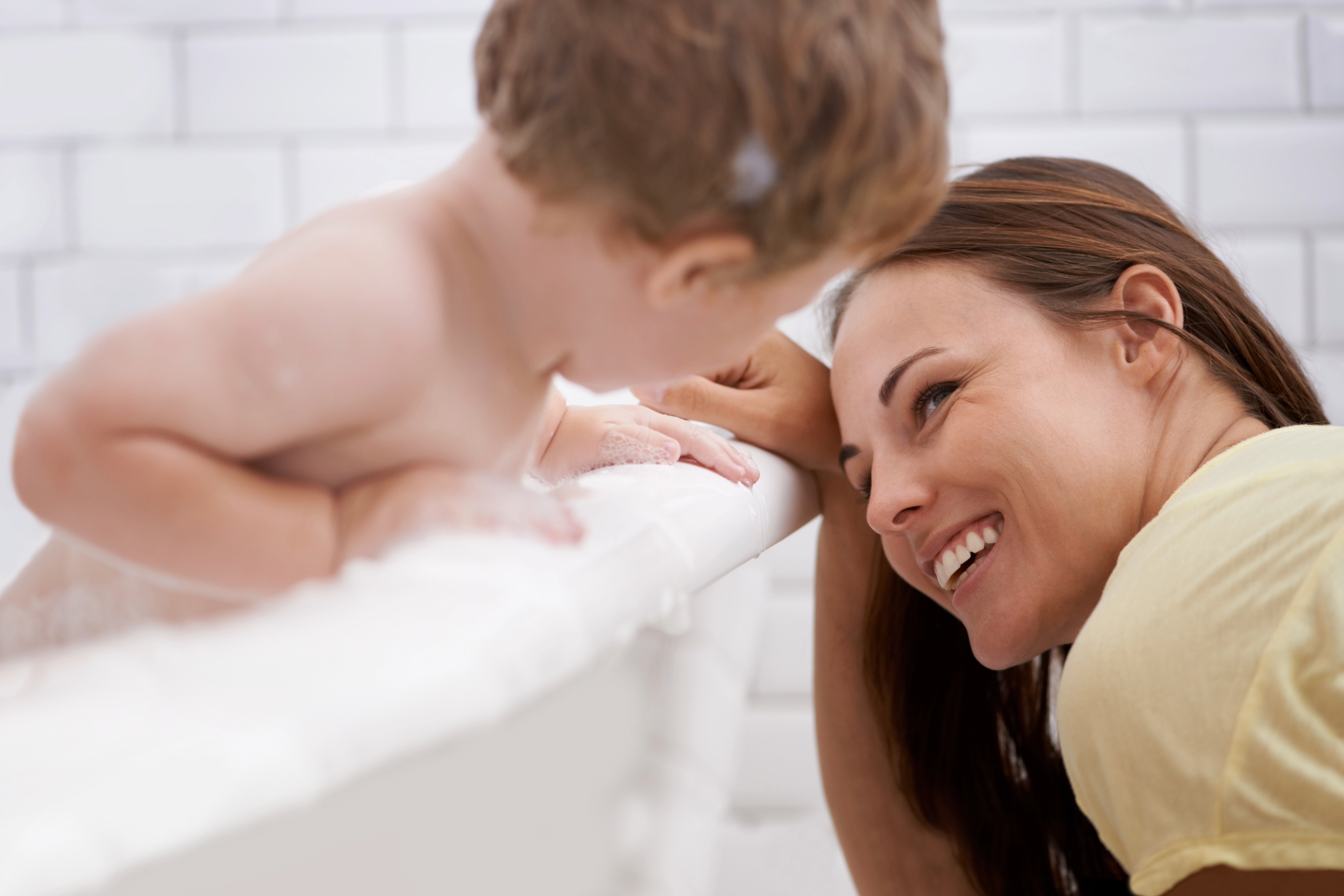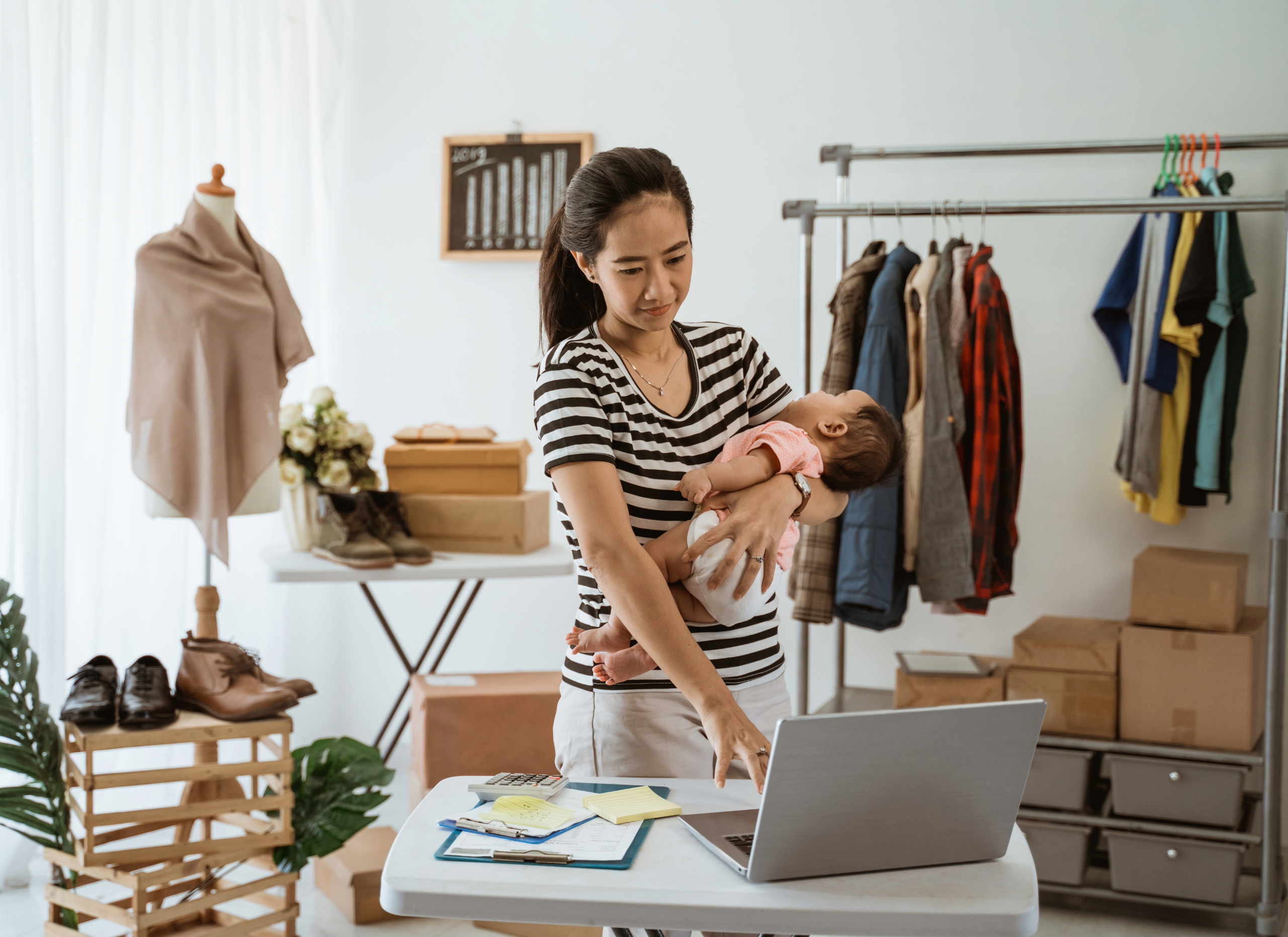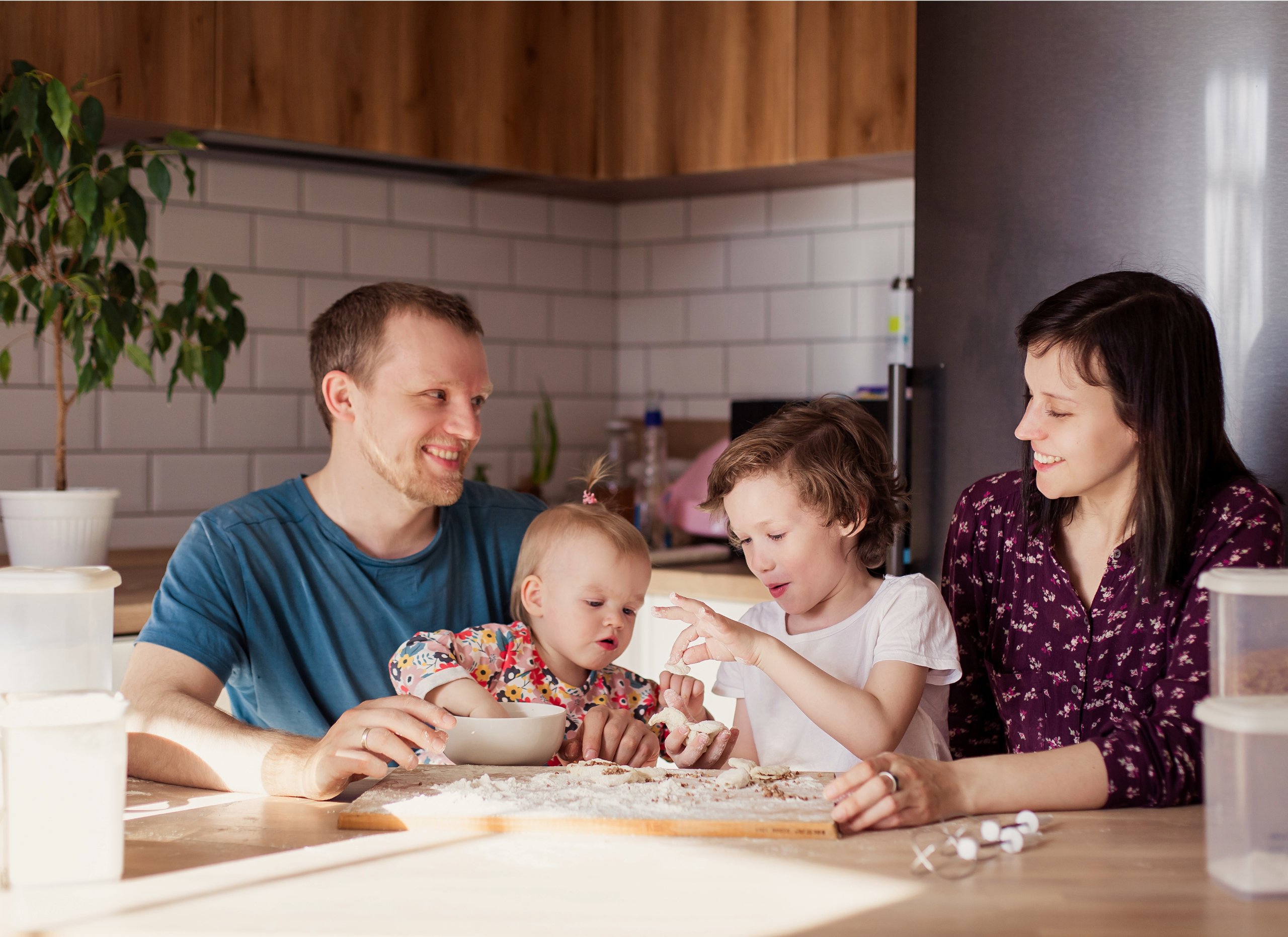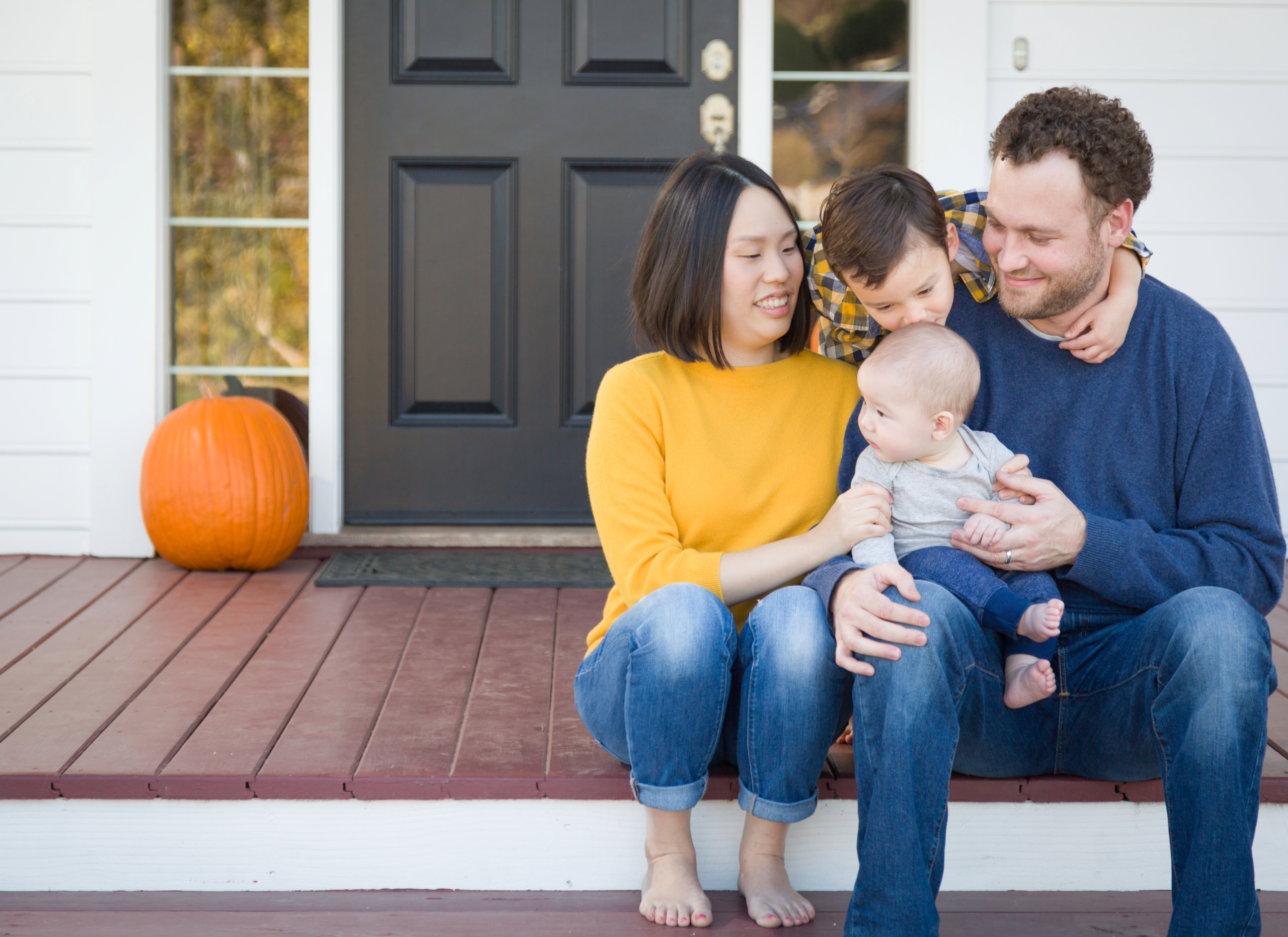How to Toddler-Proof Your Home When Kids Start Moving
It’s exciting to see your baby grow and start crawling around on their own. However, once they start moving about, there’s so much more they can get into, so you’ll have to take your baby-proofing up a notch. Here’s how to toddler-proof your home when your little one starts moving.

1. Limit Room and Cabinet Access
Prevent your toddler from getting into rooms and drawers with these baby-safe methods.
Install Baby Gates and Door Locks
If you have rooms that you want to keep kids away from — like extra bedrooms where Christmas gifts are stored — you can install baby gates or door knob covers. These can also be a good solution if you just want to keep a close eye on your little one!
Add Cupboard Locks to Low Cabinets
If you store matches, detergents, medicine, or cleaning products in low cabinets, you’ll want to attach some safety locks and latches to the cabinet doors. You can choose from key-operated, magnetic, and spring locks to keep cupboards closed. Alternatively, you could move risky products out of your toddler’s reach.

2. Protect Them From Heat- and Fire-Related Accidents
Keep your kids far from fire and heat with these protection techniques.
Get an Anti-Scald Valve
Set your water heater to 120 degrees Fahrenheit to prevent burns from scalding hot water. You can also install an anti-scald valve on your faucets to stop water from flowing when it reaches a certain temperature.
Place a Gate Around Fireplaces
Keep your kids safe from fireplace burns by placing a screen or baby gate around the fireplace — a safe distance away — when you use it. The gate will act as a barricade while you enjoy family time.
Play It Safe During Holidays
When it’s time to bring out the fireworks for your annual New Year’s celebration, go kid-safe with fire-less popping snaps or sparklers. Snaps have sand and gravel inside as buffers to reduce shock waves and protect your child’s hands while they play.
Remove Oven Knobs
Take off oven knobs after cooking or install oven knob covers to keep your toddler from accidentally switching on the stove. You can also use a plastic or metal stove guard that is short enough to reach the stove but tall enough to block curious hands. Additionally, use the back burner when cooking and ensure all pan handles face the wall.
Cover Every Outlet
Children may use walls to steady themselves, and oh — what’s that? To kids, outlets are just funny contraptions with holes they might be tempted to stick their fingers into. Use plug covers and plates to block off electrical sockets. Make sure you get covers that are somewhat large so that if your toddler manages to remove them, they can’t fit them in their mouth.

3. Cover Sharp Corners and Prevent Falls
As toddlers learn to use their bodies, you can expect a lot of exploring and the inevitable bump or fall. Protect them with these toddler-proofing tips.
Attach Corner Guards to Tables
As children run around, they may bump into the corners of tables. Prevent injuries by attaching corner guards with soft foam padding to your furniture corners and edges.
Use Furniture Anchors or Straps
With mobility comes the ability to climb, tug and push. Bookshelves, dressers, desks and TV stands will look like fun to climb, so you’ll want to prevent furniture from tipping over by securing your TV or small furniture with straps. Anchor them to the floor and install anti-tip brackets on standing stoves or small appliances.
Lower the Crib
If your child can climb and sit up, it’s time to lower their crib mattress to the floor. As kids start to move, they may try to climb over the crib bars, which can result in injury if they succeed.
Once they have grown past 35 inches, moving them to a bigger bed may be the best option to prevent them from climbing out of the crib.
Install Window Guards
Window stops limit how wide a window can open, while window locks ensure windows stay completely closed. If you use window stops, only allow a window to open a few inches. This way, you can enjoy fresh air while preventing your toddler from slipping out. Window screens are too fragile to support your toddler’s weight, so it’s wise to use them alongside window locks and guards.
Additionally, all furniture close to windows should be rearranged so your toddler cannot get close to the window.

4. Install a Toilet Lock
Nearly 150 children drown inside the house–in bathtubs or toilets–each year rather than in the pool. At this curious stage in their life, you need to take some extra measures to keep them safe. Toilet locking mechanisms help prevent accidental falls. You can get a toilet seat lock or attach straps to the seat to prevent babies from opening the lid.

5. Always Have Adult Supervision
Even with these safety precautions, the best safety measure you can practice is adult supervision. Toddlers should never be left in a room alone, as an unexpected accident can happen in the blink of an eye.






